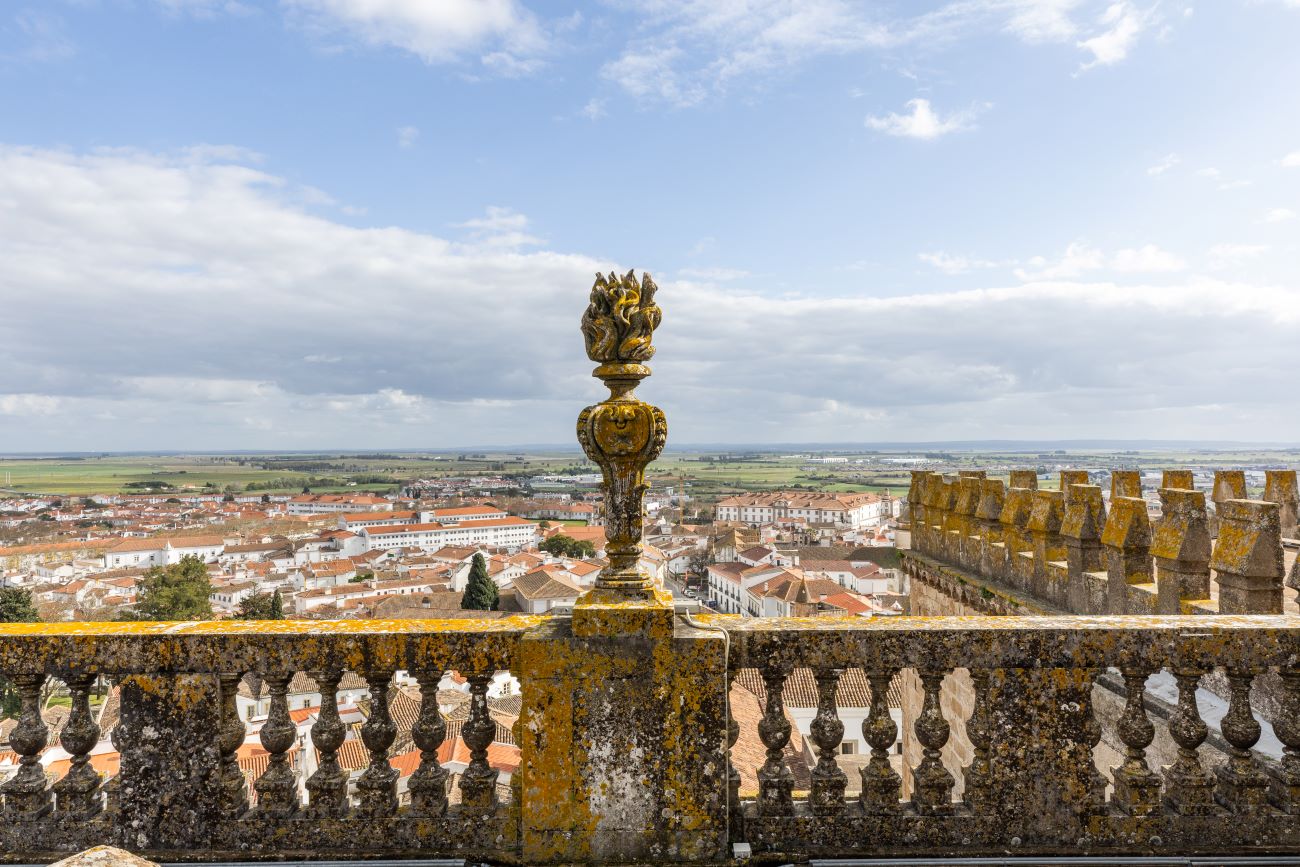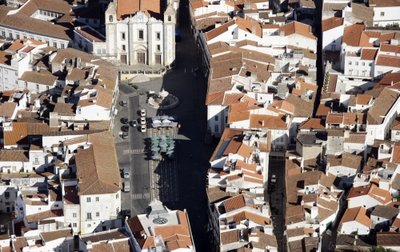Centro Histórico de Évora

É, por excelência, o “exemplo” do centro histórico português, com visíveis repercussões na generalidade do território ultramarino. Évora deve a sua relevância a uma história milenar que recua à Pré-História. Mas a história sobrepôs-se-lhe fazendo dela uma das mais notáveis cidades romanas da Lusitânia – Ebora Liberalitas Júlia – da qual restam inúmeros vestígios, destacando-se o Templo Romano.
Tornou-se, em seguida, num dos grandes centros urbanos do Sul do reino português, lugar contínuo de visita e estadia dos monarcas. Viu ali nascer e desenvolver-se os primeiros e brilhantes traços do gótico, combinados com a herança (e a procura de emulação) do mundo “mourisco” ou árabe no chamado “estilo mudéjar”, durante os séculos XV e XVI. Recebeu depois os influxos do humanismo e é ali que aparecem algumas das primeiras grandes obras arquitetónicas do Renascimento ibérico, por volta de 1530.
© Comissão Nacional da UNESCO
Estes diversos momentos tornaram-na numa espécie de joia patrimonial, à qual os séculos não se escusaram de adaptar, mas que mantém intacta uma ambiência de autenticidade e monumentalidade que a transformam numa verdadeira «cidade-museu».


